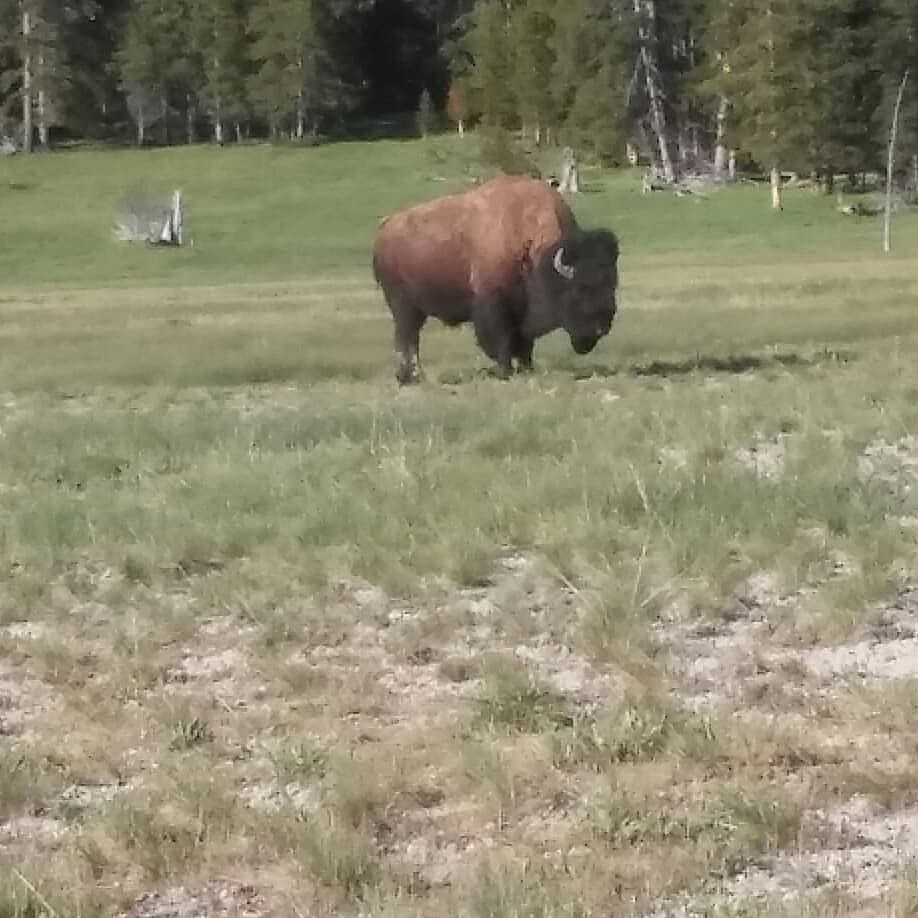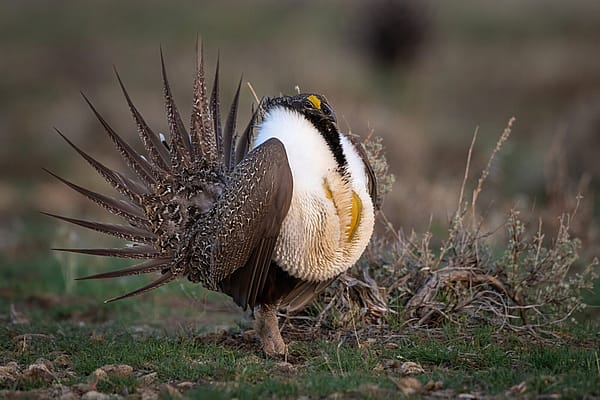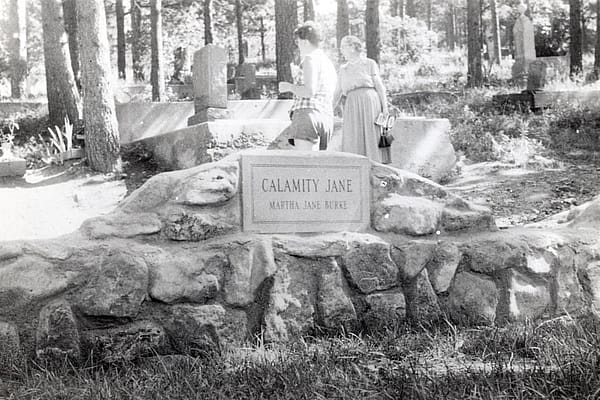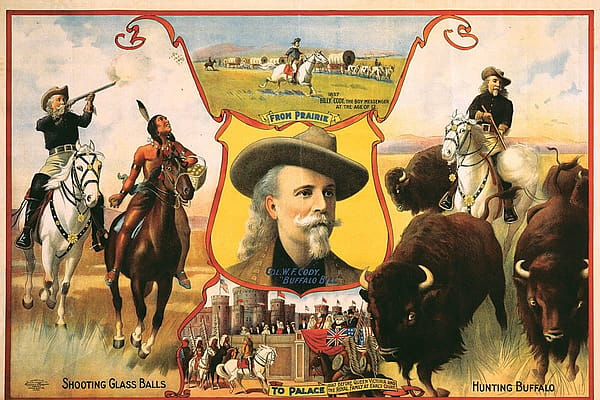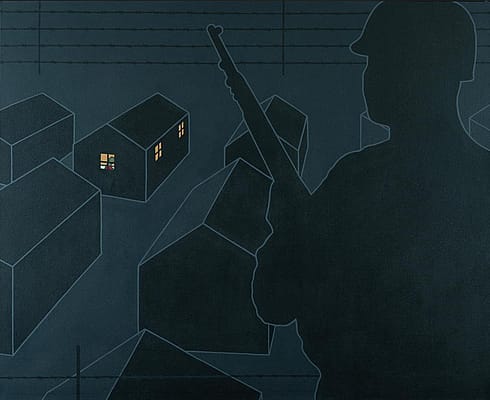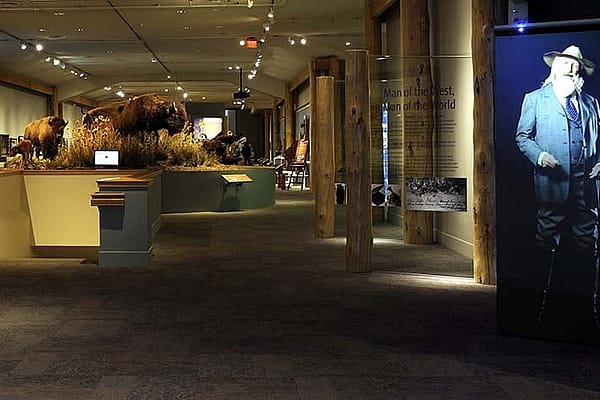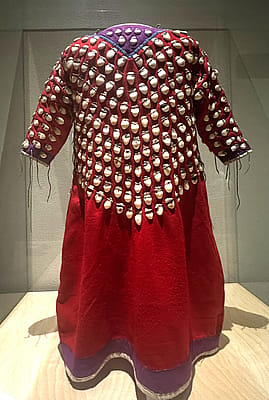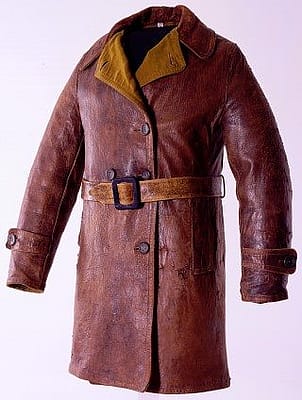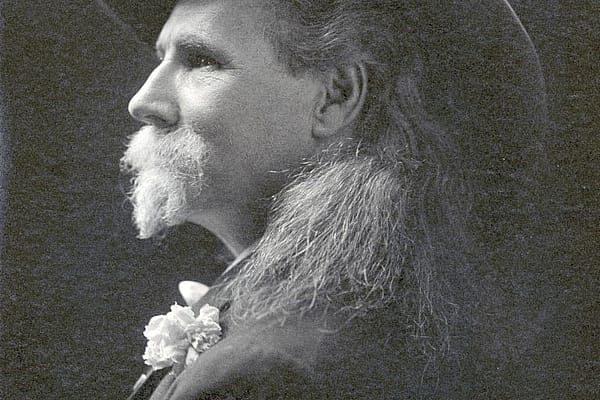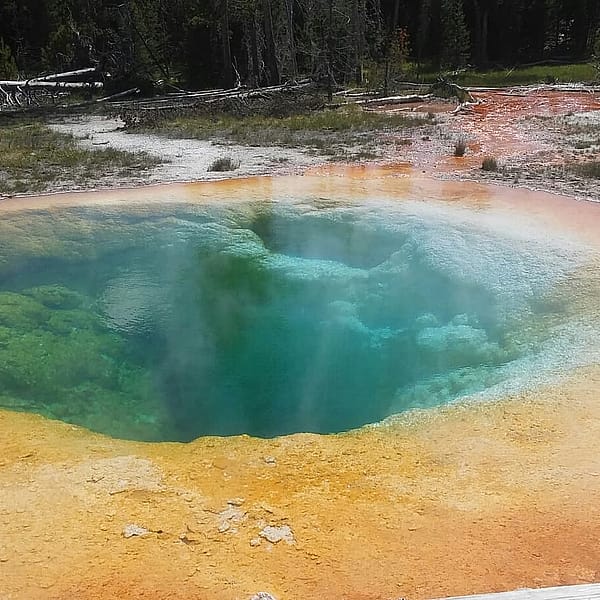
10 Tips For Visiting Yellowstone
I was fortunate to have grown up in Paradise Valley working for our family business. We spent the majority of our time riding horses, fishing, and camping. With Yellowstone National Park as our backyard there was always something to do or see. It also meant we grew up learning how to respect the wild country and creatures around us, especially bears.
Many of the visitors who come to Yellowstone each year are not so fortunate. There are places in the world that don’t have any wildlife anymore and people assume that the animals they see in the park must be trained to appear for their viewing pleasure. Every year without fail someone is spotted putting their child on a buffalo to get their picture with it. Locals try to warn them and shake their heads wondering if these tourists have a death wish. Don’t they read? The signs in the park say in every language you can think of, “Do Not Approach Wildlife” and “Do Not Feed Wildlife”.
It sends me into a mild panic attack anytime I see tourists wandering off the trail where they don’t belong. Usually it’s to get closer to wildlife they have no business approaching and other times I don’t even know why they’ve left the path laid out for the safety of all the Park’s visitors. Yellowstone is an active thermal area. When you step off the trail you are taking the risk that the ground you’re walking on is not stable. Over the years many visitors to the park have fallen in hot springs or damaged thermal areas because they wandered off the trail. Besides the hefty fine for such behavior, these visitors have often paid the price with severe injuries—sometimes resulting in death!
From especially unprepared tourists we hear questions like, “Where do they put the animals for the night?” We don’t put them anywhere! They sleep where they choose to because they are wild animals. The very point behind the founding of National Parks by American President Theodore Roosevelt was to preserve the land and wildlife that was otherwise being destroyed by human greed and development. While the animals in Yellowstone are now a wonderful source of study for scientists from all over the world, they have been left in their home habitats without tampering just as their ancestors were.
On the opposite end of things, you get visitors who are terrified of the wildlife in Yellowstone. They would rather go to the zoo to see those animals than come across them out here in the wilderness. A healthy ‘fear’ of these animals can be a good thing. However, it would be sad for anyone to miss out on the wonders preserved for them in the National Park because they don’t have the information they need to feel safe and prepared for whatever wildlife they may meet along the way.
Bears are the biggest cause of this unhealthy fear. As long as you are prepared to meet a bear and have followed all the safety rules for the Park, it is highly unlikely that there will be an unpleasant outcome. When you’re in the wild there is always an element of risk; by being aware and prepared you greatly reduce that risk.
Here are 10 Tips for your visit to Yellowstone and bear country!
Never Travel Alone – around board walks and geyser basins in Yellowstone you will be surrounded by other visitors. When you go farther from these densely populated areas to the hiking trails you should always be with at least one other person!
Make Some Noise – the Park Service recommends that you yell out “Hey bear!” every once in a while as you’re going down the trail, especially when you’re near running water or in thick vegetation. It would also be perfectly fine to simply be carrying on a loud conversation with that friend you brought along for safety. The point is that the wildlife will be able to hear you coming so you won’t surprise them. (It is usually when you surprise them that the encounter may have consequences).
Carry Bear Spray – bear spray is a highly concentrated form of pepper spray designed specifically for self defense against bears. This is not bear repellent! We have actually seen visitors spraying down their children with bear spray like they would with bug repellent. DO NOT SPRAY THIS ON YOURSELF!!! You bring the bear spray with you and only use it in the case of an aggressive bear coming directly at you with his mouth wide open ready for a snack! After you’ve sprayed the bear spray at the bear you will be able to leave the area. Report the incident to Park Service Officers as soon as possible. You can buy bear spray when you arrive at any Wal-Mart or sporting goods store and can even rent it at different places in the Park. You will not be able to take it on the plane so there are also plenty of places for you to dispose of your spray at the end of your visit.
Stay On The Trail – my number one piece of advice to you would be to stay on the trails, boardwalks, obvious walking areas laid out for the Park’s visitors. This is for your safety and the safety of the wildlife. Besides having a bad encounter with wildlife whose space you invaded, or falling into some sort of thermal activity, you could also get lost and then you endanger those who will have to leave the trail to look for you. If you are going to be hiking deeper into the backcountry, it is highly recommended that you carry a compass and a topographical map for when the trails maybe a little less clear than more populated areas of the Park.
Do Not Feed the Wildlife – you may be thinking that this one is obvious by now but just because you’re not handing the bear food from your picnic basket doesn’t mean you won’t end up feeding one. If you are hiking or picnicking in Yellowstone, make sure that you pick up all trash and leftovers. If it came in with you it should leave with you period! If you are camping in Yellowstone make sure your food, cooking area, and toothpaste are at a safe distance from your sleeping area. That distance will depend on local regulations so make sure you find these out before camping. You should also store these items in a bear box, hard-sided vehicle, or 10–15 feet above the ground to further reduce the likelihood that a bear might eat your picnic for himself.
Have A Schedule – similar to not traveling alone, someone who isn’t with you should know: what route you plan to take, when you’re leaving, when you are coming back, and what preparations you’ve made for an emergency. They should also know which Park authorities to contact if you don’t come back on time. I would also recommend checking in with the nearest back country office before you leave on your trip. Then they will know the same information your friend knows and can check in to make sure you’ve returned safely. They will also be the best educated on the area you will be traveling in; so any questions or concerns you have can be addressed there.
Dress in Layers – the weather in Yellowstone can go from sunny and warm to snowing and frigid in the blink of an eye. Nights will also be much cooler than any daytime temperatures. You should be prepared for any weather in clothing and shelter. I would also advise you to drink plenty of water, dehydration can be very dangerous!
Carry a First Aid Kit – and know how to use it! You never know what might happen. The nearest hospital won’t be down the road like you’re used to. More than likely, the nearest hospital is hundreds of miles away. If you fall and twist your ankle, the situation—which wouldn’t be a big deal at home—could quickly become life threatening, if you’re not prepared. There are also many plants here you may not be familiar with and may need any epi-pen in the case of a dangerous allergic reaction. Being prepared is the best way to ensure you can make a lot of great memories out here in the wild!
Water Safety – this could be a whole other post! For the basics: filter your water. You never know if it has been contaminated by wildlife, other campers, or by bacteria. Also, be aware of water levels and whether your path may cross any body of water. Hypothermia is a very real danger; stay dry and be prepared with rain clothes, fresh clothing, and any other means of warming yourself in the event that you cannot avoid getting wet.
Have Fun – If you’re prepared and following the proper safety precautions, you can enjoy your trip without worries. Most wildlife will leave you alone if you simply respect their space: this includes bears. This is a time to bask in the wonders around you! Yellowstone is unlike any other place on earth! The memories you make here will last you a lifetime and the experience could never be replaced by what you see in pictures or even virtual reality. One of the last pieces of true wilderness on the planet, Yellowstone is a show stopper!
Out here one decision can be the difference between life and death…Make Good Decisions!
Written By
Liz Bowers
Liz Bowers is a Wyoming college student working with the Buffalo Bill Center of the West in summer 2018 to gain experience in Public Relations. This includes activities with social media, review sites, events, writing, and photography. In her spare time, Liz enjoys hiking, trail riding, and stories of all shapes and sizes.


